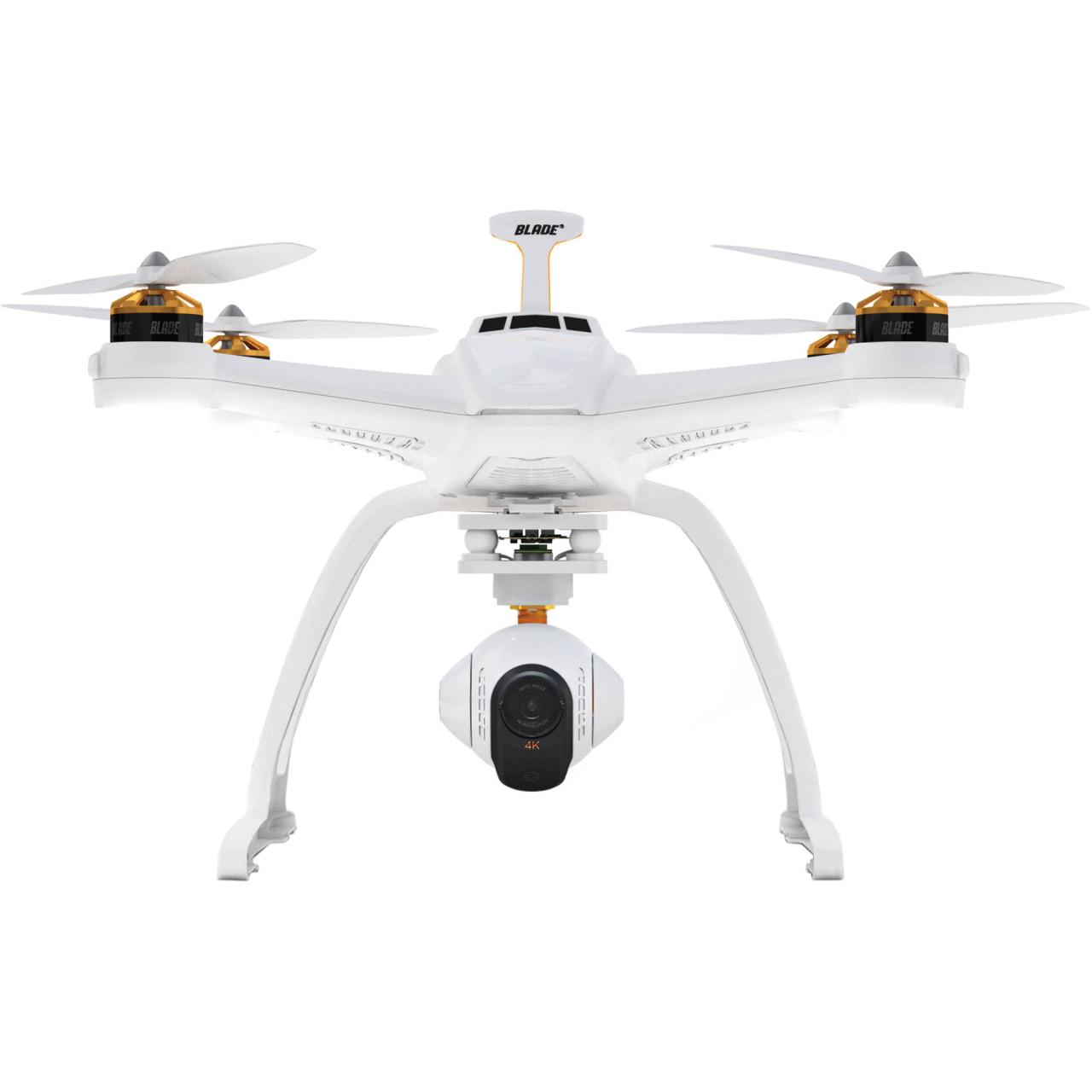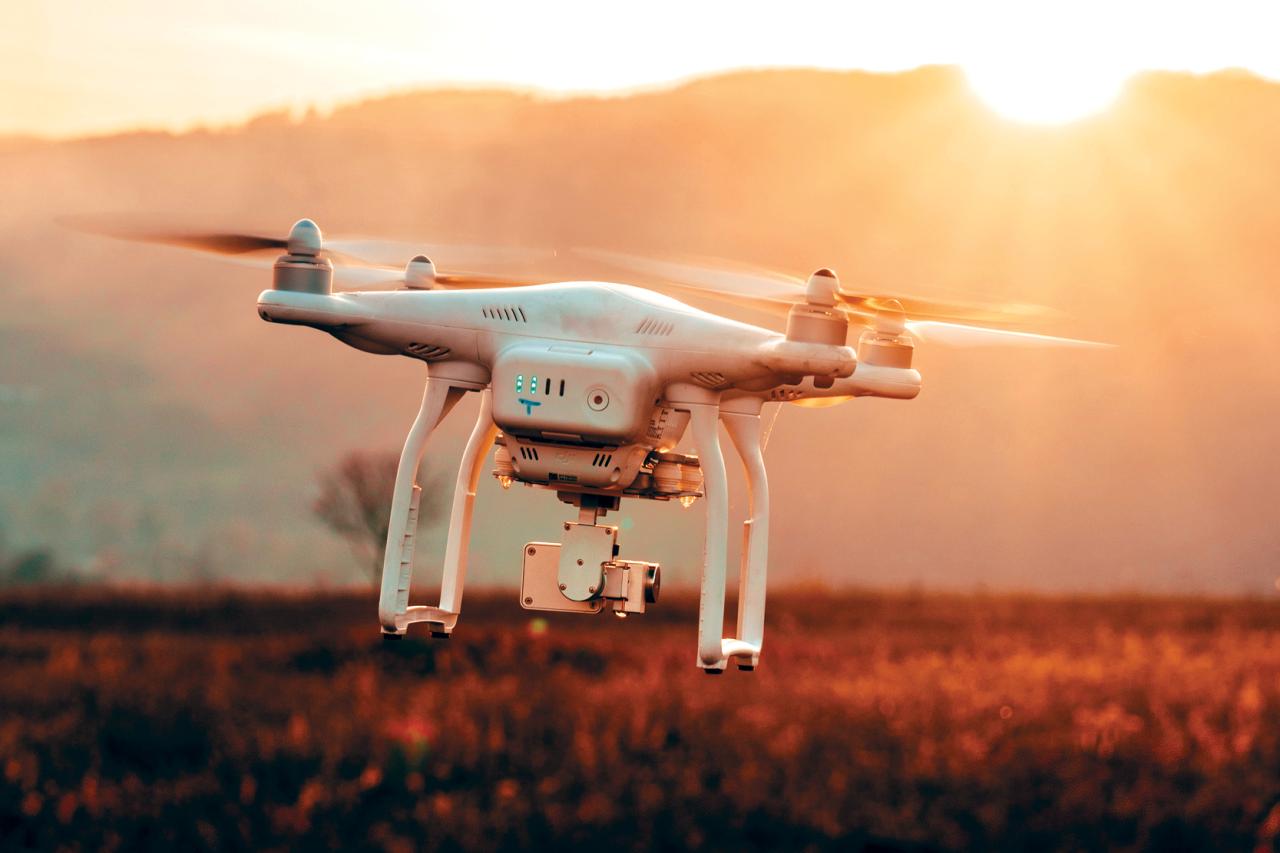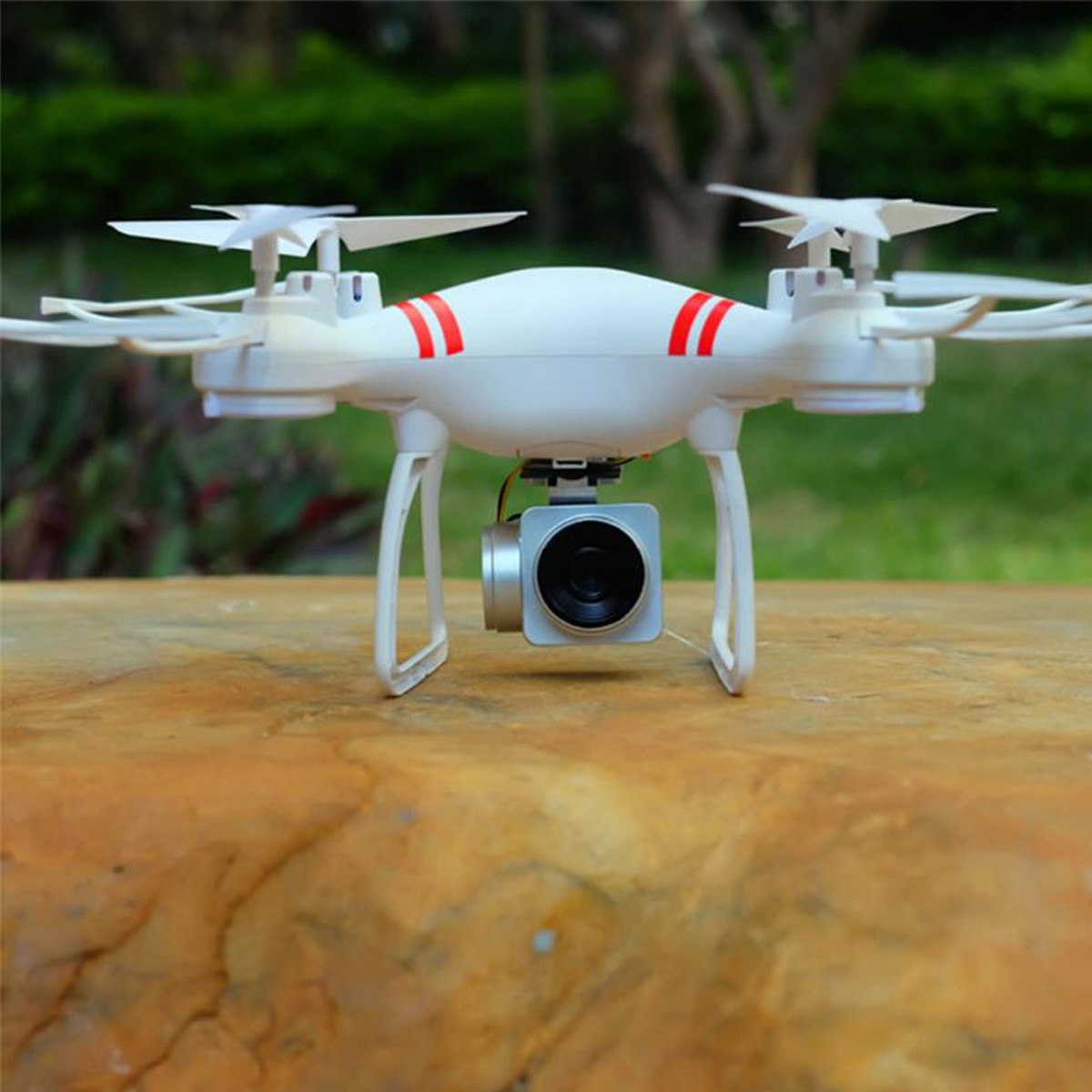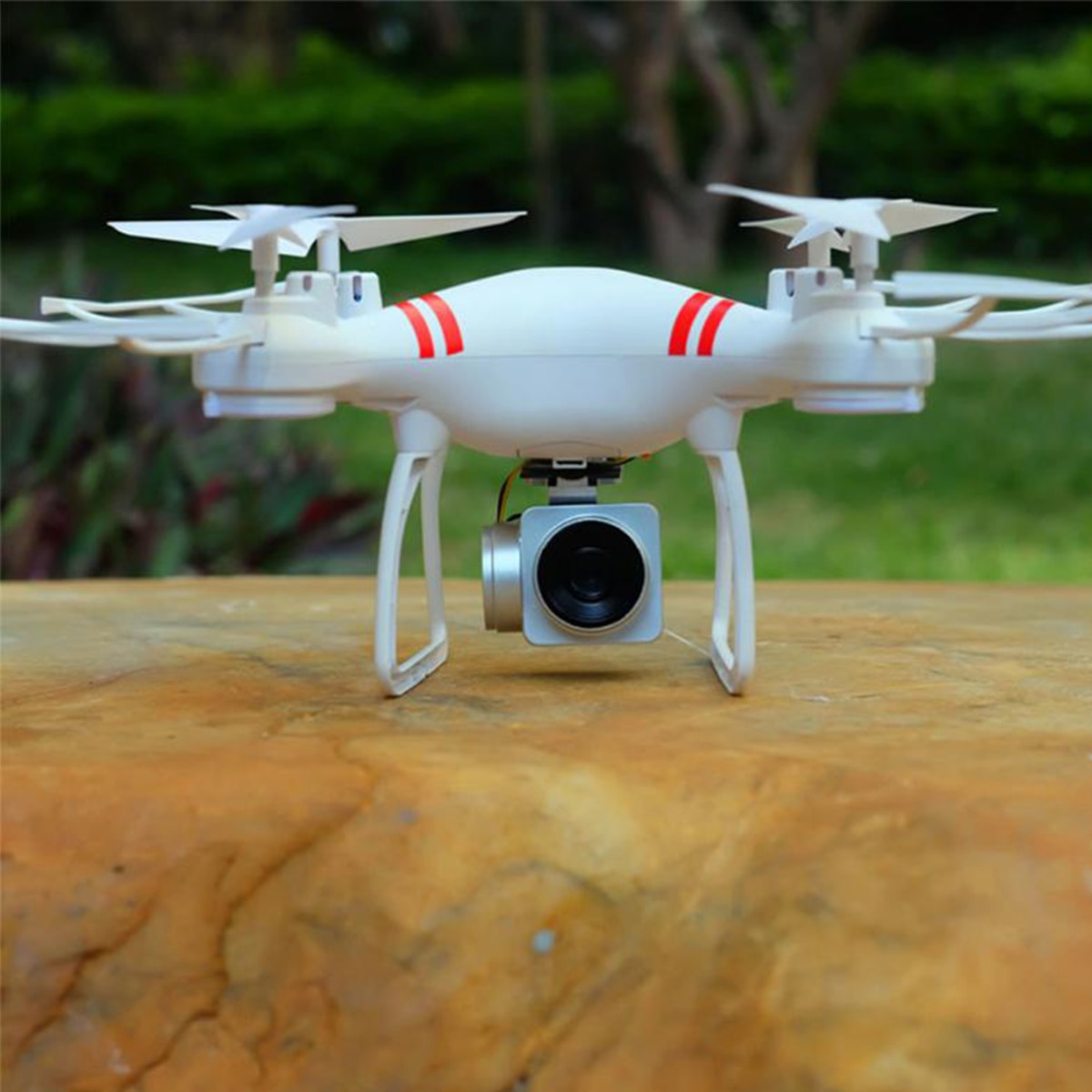Drone with camera technology has revolutionized various sectors, from filmmaking and real estate to agriculture and construction. This guide delves into the multifaceted world of drones equipped with cameras, exploring diverse types, features, applications, legal considerations, and essential accessories. We’ll examine everything from the intricacies of camera specifications and image stabilization to the practical implications of choosing the right drone for your specific needs and budget.
We’ll navigate the landscape of drone sizes, flight times, and camera resolutions, comparing different sensor types and stabilization methods. We’ll also discuss the legal and safety aspects of drone operation, emphasizing responsible and compliant usage. Finally, we’ll equip you with the knowledge to make an informed decision when selecting a drone with a camera that perfectly aligns with your requirements.
Types of Drones with Cameras
The world of drone cameras is vast and varied, offering a wide range of options for both professional and hobbyist users. Understanding the different types, their capabilities, and limitations is crucial for making an informed purchase. This section categorizes drones based on size, flight time, and camera features, highlighting key differences in image quality and video capabilities.
Drone Categories by Size, Flight Time, and Camera Features

| Type | Size | Flight Time (Approximate) | Camera Features |
|---|---|---|---|
| Nano Drone | Under 100g | 5-10 minutes | 720p or 1080p video, basic EIS, limited zoom |
| Micro Drone | 100-250g | 10-20 minutes | 1080p or 4K video, EIS or basic gimbal, moderate zoom |
| Mini Drone | 250-500g | 20-30 minutes | 4K video, 3-axis gimbal, optical zoom (some models) |
| Standard Drone | 500g-1kg | 30-45 minutes | 4K video, 3-axis gimbal, optical zoom, advanced features (obstacle avoidance, etc.) |
| Large Drone | Over 1kg | 45+ minutes | 4K or higher resolution video, advanced gimbal systems, high optical zoom, professional camera features |
Image Quality and Video Capabilities of Different Camera Types
The image quality and video capabilities of drone cameras are heavily influenced by the sensor type and lens used. CMOS (Complementary Metal-Oxide-Semiconductor) and CCD (Charge-Coupled Device) are the two main sensor types. CMOS sensors are generally more prevalent in modern drones due to their lower power consumption and cost-effectiveness. However, CCD sensors often offer superior low-light performance. Different lens types, such as wide-angle, telephoto, and zoom lenses, further impact the captured image and video.
For example, a wide-angle lens is ideal for capturing expansive landscapes, while a telephoto lens allows for closer shots of distant subjects. The quality of the lens also plays a crucial role in sharpness, distortion, and overall image clarity.
Fixed-Wing vs. Multirotor Drones
Fixed-wing and multirotor drones offer distinct advantages and disadvantages for aerial photography and videography. Multirotor drones (quadcopters, hexacopters, etc.) excel in maneuverability and stability, making them ideal for precise shots and hovering. They are also easier to control for beginners. However, their flight time is generally shorter compared to fixed-wing drones.
Fixed-wing drones, on the other hand, offer longer flight times and cover greater distances, making them suitable for large-scale projects like surveying or mapping. However, they require more space for takeoff and landing and are less maneuverable than multirotor drones, making precise shots more challenging.
Drone Camera Features and Specifications
Understanding drone camera features and specifications is vital for capturing high-quality aerial footage. This section compares and contrasts image and video quality at different resolutions, examines image stabilization methods, and explores the advantages and disadvantages of different zoom capabilities.
Comparison of Drone Camera Resolutions
- 720p: Lower resolution, suitable for casual use, smaller file sizes.
- 1080p: Standard high-definition, good for most applications, balance between quality and file size.
- 4K: Ultra-high definition, superior image quality, larger file sizes, requires more storage and processing power.
Image Stabilization Methods
| Drone Model (Example) | Stabilization Method | Video Quality | Pros/Cons |
|---|---|---|---|
| DJI Mavic 3 | 3-axis Mechanical Gimbal | Excellent | Pros: Smooth, stable footage even in windy conditions. Cons: More expensive, adds weight. |
| Autel EVO Nano+ | Electronic Image Stabilization (EIS) | Good | Pros: Lighter, less expensive. Cons: Can be less effective in windy conditions, may introduce some digital artifacts. |
| Parrot Anafi | Hybrid Stabilization (EIS + Gimbal) | Very Good | Pros: Combines benefits of both methods. Cons: Can be more complex to adjust. |
Optical vs. Digital Zoom, Drone with camera
Optical zoom uses physical lens movement to magnify the subject, resulting in higher image quality. Digital zoom, on the other hand, crops and enlarges the image digitally, leading to a loss of detail and image quality. Optical zoom is generally preferred for professional applications where image quality is paramount.
Applications of Drones with Cameras
Drones with cameras have revolutionized numerous industries, offering efficient and cost-effective solutions for a wide range of tasks. This section explores various applications across different sectors, including the use of thermal cameras.
The burgeoning market for drones offers a wide array of models, but the most popular remain those equipped with high-quality cameras. These devices provide incredible versatility, from capturing stunning aerial photography to assisting in various professional applications. For those seeking to explore the options available, a great resource is this website dedicated to drones with cameras: drone with camera.
Ultimately, choosing the right drone with camera depends on individual needs and budget, but the possibilities are truly exciting.
Drone Applications Across Industries
- Agriculture: Crop monitoring, precision spraying, livestock management.
- Construction: Site surveying, progress monitoring, safety inspections.
- Real Estate: Property photography and videography, virtual tours.
- Filmmaking: Aerial cinematography, capturing unique perspectives.
- Search and Rescue: Locating missing persons, assessing disaster areas.
Scenarios Benefiting from Thermal Cameras
- Power Line Inspection: Identifying overheating equipment or potential hazards before they cause outages.
- Building Inspections: Detecting thermal leaks or areas of poor insulation, improving energy efficiency.
- Search and Rescue Operations: Locating individuals in challenging environments, such as dense forests or at night.
Case Study: Real Estate Drone Photography
A real estate company utilized a drone with a high-resolution camera to create stunning aerial footage and photos of luxury properties. The high-quality visuals significantly improved marketing materials, attracting more potential buyers and increasing property sales. The challenge was navigating local airspace regulations and ensuring safe drone operation around buildings.
Legal and Safety Considerations
Operating drones with cameras involves legal and safety considerations that must be adhered to for responsible and lawful use. This section provides a summary of regulations and safety precautions.
Legal Regulations and Airspace Restrictions

Drone regulations vary significantly across countries and regions. Many jurisdictions require registration of drones, pilot certification, and adherence to specific airspace restrictions. It’s crucial to research and understand the local laws before operating a drone with a camera. For example, in many areas, flying near airports or sensitive locations like prisons is strictly prohibited.
Safety Precautions
Safe drone operation requires careful attention to battery safety (avoiding overcharging and using appropriate chargers), weather conditions (avoiding strong winds or rain), and maintaining a safe distance from people and objects. Regular maintenance checks are essential to ensure the drone’s safe and reliable operation.
Pre-Flight Checklist
- Inspect the drone and camera for any damage.
- Check battery levels and ensure sufficient charge.
- Verify GPS signal and compass calibration.
- Review flight plan and airspace restrictions.
- Ensure clear communication with any ground crew.
- Conduct a pre-flight test in a safe open area.
Drone Camera Accessories and Enhancements
Various accessories can enhance the capabilities and image quality of drone cameras. This section describes common accessories and maintenance procedures.
Drone Camera Accessories

ND (Neutral Density) filters reduce the amount of light entering the camera, allowing for wider apertures and slower shutter speeds, particularly useful in bright sunlight. Polarizing filters reduce glare and reflections, enhancing color saturation and clarity. Lens protectors safeguard the camera lens from scratches and impacts.
Filter Effects on Image Quality
ND filters help achieve a cinematic look by allowing for shallow depth of field, while polarizing filters improve image clarity and reduce haze, especially beneficial when shooting landscapes or water scenes. Using the wrong filter or improper filter application can reduce image quality, thus proper understanding is essential.
Drone Camera Maintenance
- Regularly clean the camera lens and gimbal.
- Inspect and clean the drone’s propellers and body.
- Store the drone and accessories in a cool, dry place.
- Keep the drone’s firmware updated.
- Carefully handle the battery to prolong its lifespan.
Choosing the Right Drone with Camera
Selecting the appropriate drone with a camera depends on individual needs and budget. This section Artikels factors to consider when making a purchase.
Factors to Consider When Choosing a Drone
Portability, battery life, camera features (resolution, stabilization, zoom), flight time, range, ease of use, and budget are all key factors to consider. Understanding your specific needs – whether for professional use or recreational purposes – will guide your decision-making process.
Decision-Making Flowchart
A flowchart would visually guide users through the selection process. Starting with budget, it would branch out to considerations like desired features (e.g., 4K video, optical zoom, obstacle avoidance), flight time needs, and portability requirements. Each decision would lead to recommendations of suitable drone models based on the user’s specifications.
Drones with cameras are revolutionizing various industries, offering unprecedented aerial perspectives. The advancements in this technology are noteworthy, especially considering companies like archer aviation , which are pushing the boundaries of electric vertical takeoff and landing (eVTOL) aircraft. This progress indirectly benefits drone technology as a whole, leading to further innovations in camera stabilization and image processing for improved drone-captured visuals.
Ultimately, the selection of a drone with a camera hinges on a careful consideration of individual needs and budgetary constraints. By understanding the diverse types, capabilities, and limitations of available drones, coupled with a thorough grasp of relevant safety regulations and maintenance practices, you can harness the power of aerial photography and videography responsibly and effectively. This comprehensive guide has aimed to equip you with the knowledge to embark on your aerial adventures with confidence and success.
Questions Often Asked
What is the difference between optical and digital zoom?
Optical zoom uses the lens to magnify the image, resulting in higher quality. Digital zoom crops and enlarges the image, reducing quality.
How often should I calibrate my drone’s compass?
Calibrate your drone’s compass before each flight, especially if you’ve moved to a new location or experienced interference.
What is the best battery storage practice for drone batteries?
Store drone batteries in a cool, dry place at around 50% charge to extend their lifespan.
Are there any limitations on where I can fly my drone?
Drone flight is subject to numerous regulations, varying by location. Check local laws and airspace restrictions before flying.
